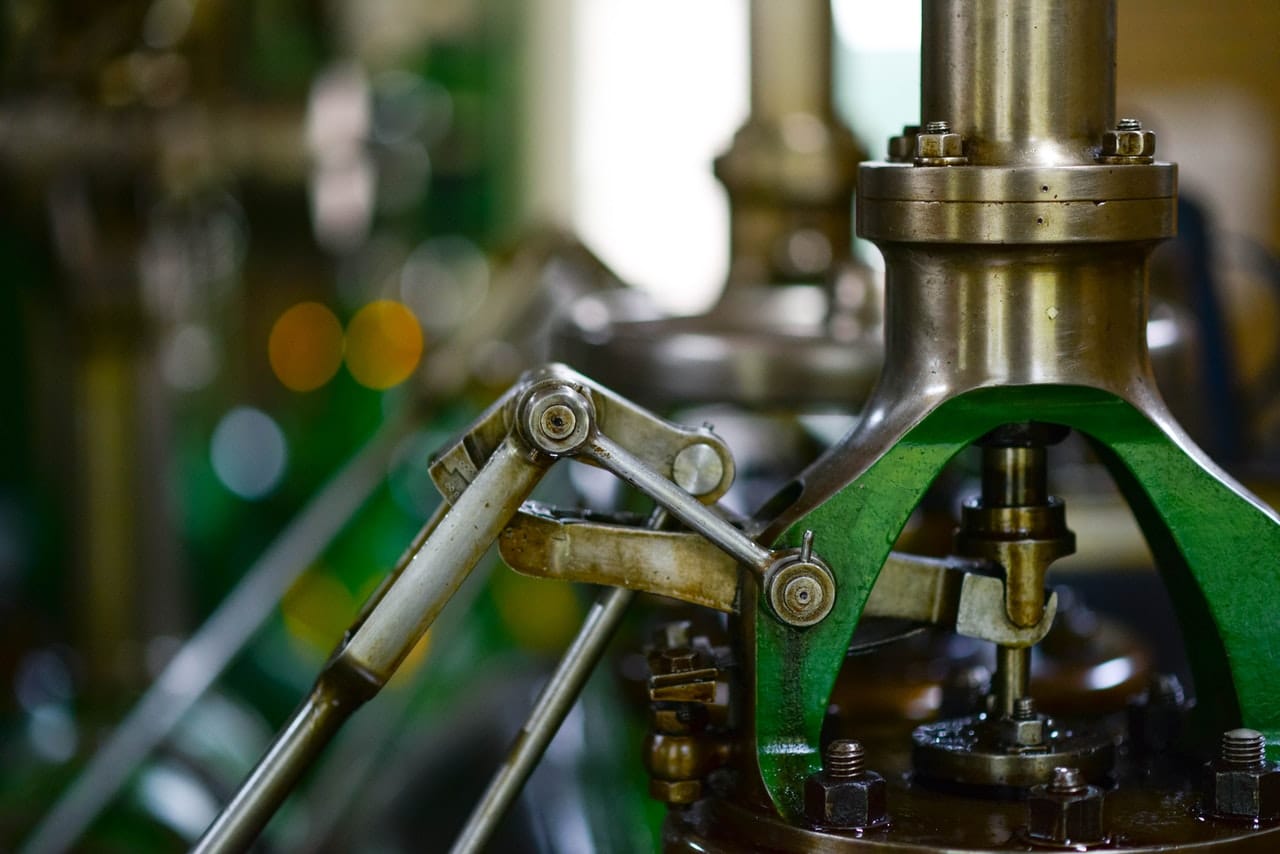Running a business isn’t an easy feat and can be quite costly. It becomes especially tricky when you have to keep up with the latest technologies since machinery can become outdated very quickly and threaten your business’s competitive advantage.
Unfortunately, purchasing and maintaining equipment is expensive, and there are many hidden costs involved with owning equipment. This expense is exactly why leasing capital equipment, rather than owning it, is an excellent idea for business owners.
So, what exactly is an equipment lease? This form of lease refers to a long-term agreement for equipment where you, the lessee, make regular payments to the asset’s owner or the lessor. In exchange, you can use the equipment for your business. This agreement typically lasts for at least 12 months; a shorter duration is commonly referred to as equipment rental.
Also see MoreBusiness.com’s Sample Equipment Lease Agreement
Table of Contents
Benefits of Equipment Leasing
For a business, equipment leasing is an excellent option to consider when they want to scale their operations without the hefty costs associated with purchasing and owning equipment.
The equipment’s cost, which is the monthly payments the lessee has to make, is typically spread out over the years or months rather than paid in a lump sum. Additionally, many equipment leases offer service add-ons or agreements, eliminating the need for businesses to employ in-house technicians and look for servicing themselves.
Hence, if your business needs upgraded equipment, but is unable to afford it, then equipment leasing is a viable option for you to explore. Once the lease period is over, you also have the choice of buying the equipment for its price, factoring in the appreciation and your payments, or returning it all together.
This is why equipment leasing is a great option to consider when consistently upgrading your equipment isn’t feasible. However, you still don’t want to have obsolete equipment. It’s also excellent when your business temporarily experiences a high volume of growth that you want to cater to without replacing your existing machinery.
Factors To Consider Before Leasing Equipment
It’s important to determine the different aspects that could affect your agreement and whether equipment leasing is really the best way forward for your business or not. Here’s what you need to consider:
Monthly Budget
While leasing does require you to pay lower monthly payments as compared to purchasing new equipment, you still need to include the costs in your monthly cash flow. You should ideally start with what you’re able to afford and work it up from there. You’ll be making a mistake by getting price quotes in advance and fitting them in your budget.
Usage of the Equipment
Another essential aspect that you need to think about is how long you expect the machinery to be used. If you’re using the equipment for a short period, then leasing is a better option for you. On the other hand, if the machinery is required for three or more years, you should consider a standard credit line or a loan. Additionally, you should also account for your business’s growth rate since, if your company is growing quickly, leasing might just be a better option.
Obsoletion rate of the machinery
In some industries, technology has a much more significant impact than it does on others and makes existing machinery outdated. Hence, you should keep obsolescence in mind when you’re deciding whether to lease or purchase.
Type Of Equipment Available On Lease
While there is a multitude of options available for equipment that you can lease, there are a few conditions to keep in mind.
Firstly, leases typically include equipment that has a high value. This could consist of items available in bulk, such as telephones, kiosks, or software, or large, single items such as excavation machinery. This is exactly why you will most likely not find an equipment lease valued below $3,000.
Secondly, only equipment that qualifies as hard assets can be included in a lease program. It includes anything that’s not linked to real estate and can be considered personal property. Additionally, soft assets such as training programs and warranties cannot be considered for lease programs.
The Main Differences Between An Equipment Lease And A Loan
Many people often get confused about the differences between financing an equipment purchase through a loan and equipment leasing. Firstly, the most significant difference lies with the asset’s ownership. With a loan, you’re essentially borrowing money to purchase the equipment, whereas, with an equipment lease, the lessor owns the equipment, and you’re paying them to rent during the contract.
In an equipment lease, you set a payment schedule where you would make regular payments. On the other hand, in a loan, you need to pay the money back with interest. You could even save up by paying the loan in full before the end of the agreement because then you’ll be paying less in interest. In an equipment lease, you won’t be able to save money by paying a more considerable amount early in the schedule since you’ve already agreed to pay the amount in full.
Additionally, you may be required to pay a down payment in a loan where, in an equipment lease, you may be able to finance the asset’s value in full. Since interest rates could fluctuate in some loans, your owed amount could change every month. Securing the loan may also require you to offer something as collateral. On the other hand, leases are generally secured using the asset you’re paying to use.
Final Thoughts
An equipment lease is an excellent option for businesses to consider if they’re looking to grow. By following the guide above, you’ll be better informed next time you want to lease out equipment for your firm.










